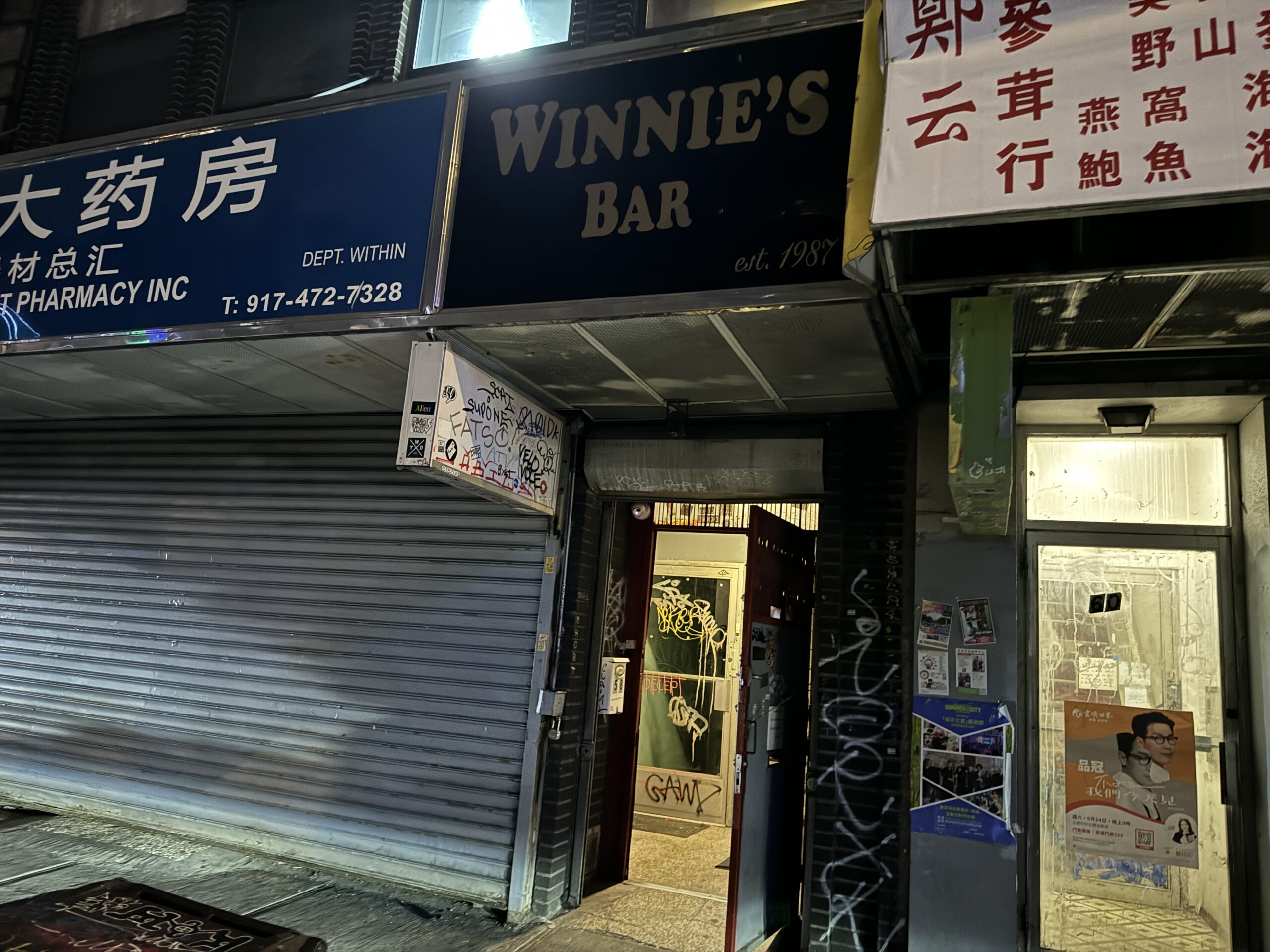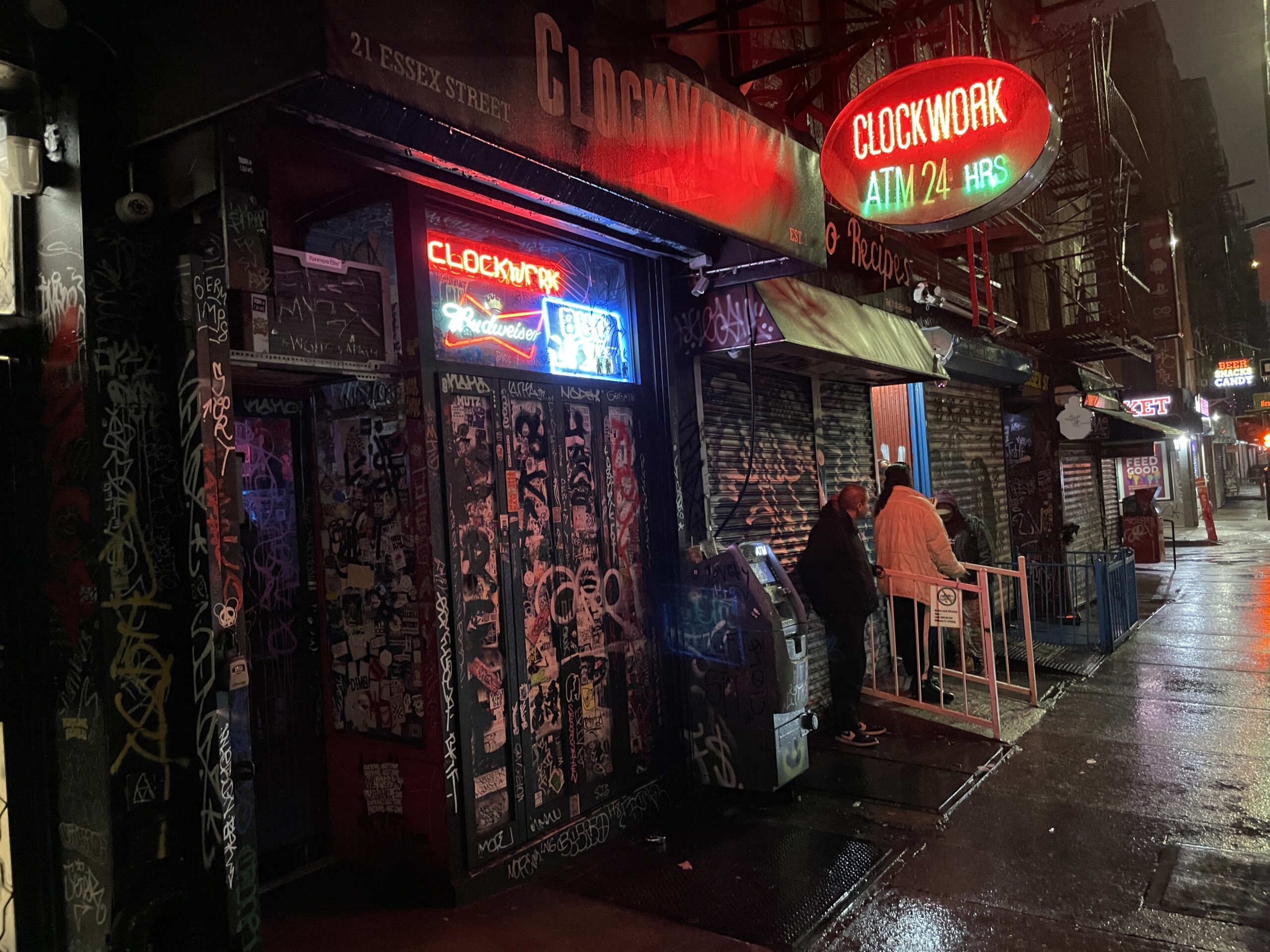Winnie’s Bar
New York, New York

Field Rating
4
out of 10
It's definitely a bar. So there's that.
The Basics
58 E BroadwayNew York, NY 10002
Connect
In Short
Field Note
Same ownership, same concept, same general location and yet, the tale of Chinatown dive bar Winnie’s Bar is one of two wildly different experiences separated by two leases a handful of blocks apart. What was once a rough dive bar complete with verified Chinese gang gun play has been replaced by a second story karaoke hallway that may include many of the same amenities but does so with considerably less old school charm, understandably.
When the original Winnie’s Bar & Restaurant closed in 2015, a flurry of articles were written as obituaries to another of New York City’s great dive bars. Under the ownership of Winnie Mui, the bar opened in 1987 and transitioned over time into one of the more celebrated karaoke bars in New York. After operating without a lease for three years, the bar’s original landlord leased the space to another business, prompting a search for a new home.
What was once a full city storefront is now a small sign and door that leads up a steep staircase.
After local opposition to granting additional liquor licenses in Chinatown stymied initial attempts to quickly find an alternative nearby home, a search commenced that ultimately lasted four years before yielding the second story Broadway location Winnie’s Bar now calls home. What was once a full city storefront is now a small sign and door that leads up a steep staircase to a slender, hot, karaoke hallway packed to sometimes almost dangerous levels on busy weekend nights.
With the move to its new location, Winnie’s Bar lost some of its trademark charm, much of the crowd converted from old school karaoke lifers to young drinkers swarming the tiny upstairs bar. The ambiance inside Winnie’s Bar is more “regular” bar than dive bar, a small drink station in the center of the space topped with string lights. The centerpiece inside is the stage, red curtains providing backdrop to what is a decently sized singing area given the dimensions of Winnie’s Bar.
The Winnie’s Bar downfall is the karaoke system itself.
In addition to the charm lost during the bar’s move between spaces, the Winnie’s Bar downfall is the karaoke system itself. No karaoke DJ manages the proceedings, instead leaving song programming and management up to the bartenders already likely underwater beneath a swarm of drink orders. Songs are written on small pieces of paper and accompanied by at least $1, higher amounts promised more expedient programming. Instead of a karaoke setup, bartenders enter songs into YouTube through a laptop behind the bar.
Needless to say, online reviews and this reviewer’s personal experience included waiting an exorbitant amount of time for a song that was never played. While some groups sang more than once and sometimes in bunches, others looked longingly at the laptop behind the bar for a glimpse of their chosen selection. The combination of karaoke mismanagement, lack of true dive bar charm and a multitude of nearby, well-worn options makes Winnie’s Bar difficult to recommend.
Related Reviews
Clockwork Bar
Graffiti & sticker inundation.
Nancy Whiskey Pub
Pre-Tribeca shuffleboard dive.
Welcome to the Johnsons
Grandma’s house circa 1970.











